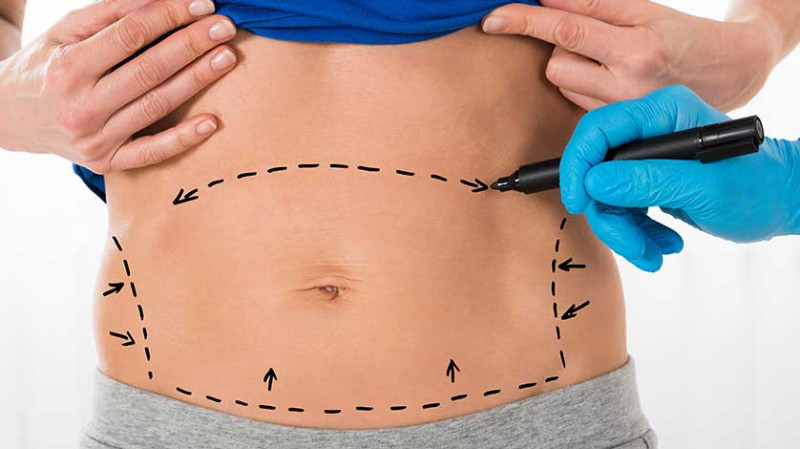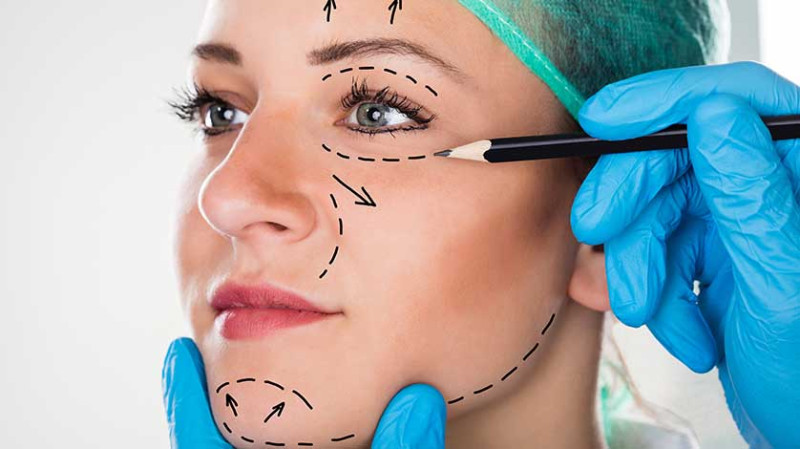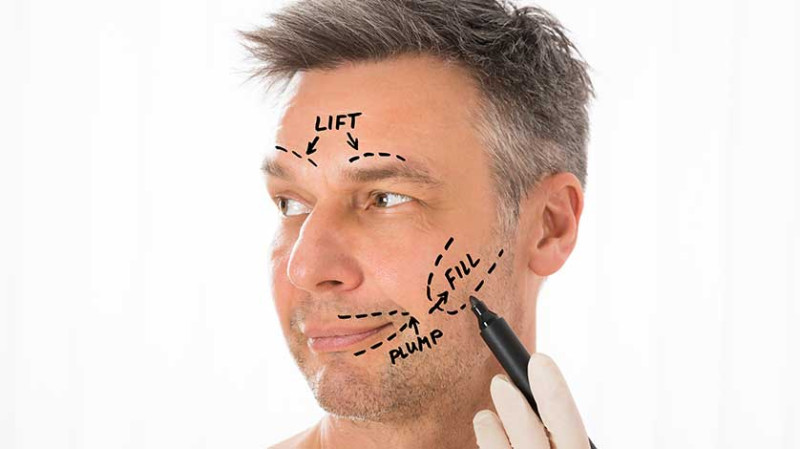
Deciding to undergo a tummy tuck, or abdominoplasty, is a significant decision and understanding the recovery process is key to achieving the best possible results. Whether you’re considering the procedure for aesthetic reasons or to restore your body after major weight loss or pregnancy, knowing what to expect during recovery is vital. In this blog post, we’ll walk through the five distinct stages of tummy tuck recovery, offering guidance and insights that are easy to understand and monitor. If you're living in the UK and considering a tummy tuck, this guide is tailored to help professionals, busy DIYers, and even healthcare-conscious designers plan their recovery effectively.
Stage 1: Initial Recovery (Days 1–7)
The first week after a tummy tuck surgery is the most intense in terms of discomfort and mobility limitations. During this period, you'll likely experience swelling, bruising, tightness, and pain around the abdomen area. Surgeons typically prescribe pain relief medication to control discomfort and antibiotics to prevent infection.
Patients are advised to walk slightly hunched forward to avoid putting tension on the incision site. You'll be wearing compression garments to reduce swelling and support the healing tissues. Many clinics in the UK recommend sleeping in a reclined position — either in a recliner or with pillows propping you up in bed — to minimise tension on the abdomen.
It’s crucial to rest as much as possible while also doing gentle walking around the house to promote circulation and minimise the risk of blood clots. Avoid any strenuous activities such as lifting heavy objects, DIY work around the house, or even driving.
This stage is all about careful attention to your body's signals. If you notice increased redness, excessive drainage, or fever, it's essential to contact your surgeon immediately as these could indicate infection or complications.
Stage 2: Early Healing & Reduced Discomfort (Week 2–3)
By the second and third weeks, most patients find the pain and tightness beginning to ease. While you may still have swollen areas and some bruising, your body is actively repairing itself beneath the skin surface. Light walking is usually encouraged by surgeons during this phase to maintain healthy blood flow, but any active DIY projects or returning to tasks like lifting tools, shopping bags, or children is still off-limits.
You’ll likely still be wearing your compression garment full-time, which supports the abdominal area and shapes your outcome. Sutures, if not dissolvable, might be removed by this stage. It's also a good time for check-up appointments, where your surgeon can assess your healing progress and confirm that everything is on track.
Some people return to light work duties during this time, particularly desk jobs, depending on how they’re feeling. It's important not to rush back into your normal routine. Remember, taking it slow now can prevent complications like seromas or wound reopening.
Keep your meals light and healthy to support recovery — lean proteins, plenty of water, and nutrients from fruits and vegetables will boost healing and energy levels, helping you recover quicker and more effectively.
Stage 3: Steady Improvements (Week 4–6)
At this stage, most of the major discomfort should be gone, and patients often start to feel like themselves again. Many surgeons allow patients to gently increase physical activity, excluding core exercises or anything that puts pressure on the abdomen.
Depending on the intensity of your work or lifestyle — for example, tradespeople, interior designers frequently on-site, or energetic young professionals searching for décor supplies — you may gradually resume some aspects of daily activity. However, always listen to your body and avoid rushing your recovery.
Scar tissue will continue forming during this period, so it’s critical to protect your scars from sun exposure and begin scar management processes as recommended by your surgeon (such as silicone gel treatments or massage).
Swelling can remain but will likely continue to decrease with time. Progressive results from the surgery begin to show, with your waistline visibly more defined and flatter. It’s tempting to admire your new body, but any strong physical or DIY tasks should still wait a few more weeks.
Stage 4: Enhanced Mobility and Return to Routine (Week 7–12)
By this phase, the majority of healing has occurred and many UK-based patients begin to resume more strenuous physical activities, provided they have clearance from their surgeon. This includes light jogging, gentle gym workouts (excluding core-focused routines), and more active house or DIY projects.
For young professionals juggling work and home life or creative designers working long hours setting up interiors, the return to near-normal daily function can be a major relief. However, long periods on your feet or lifting needs to be reintroduced slowly to prevent complications or fatigue.
It's also a good time to reintroduce movement like stretching, pilates, or yoga, under guidance, to support strength and flexibility in your core. Taking before-and-after photos during this stage is a good way to track progress and stay motivated.
While the scar will still be visible, it should begin to fade with proper care. Here in the UK, many specialists offer post-surgical aftercare treatments such as LED therapy or scar camouflage that you can consider if desired.
Stage 5: Full Recovery & Final Results (3–6 Months Post-Op and Beyond)
Between three to six months post-surgery is when most people feel fully healed and can enjoy the final results of their tummy tuck. Swelling should be minimal or gone, abdominal strength returns, and the incision lines begin to smooth out and fade with proper care.
This stage marks the transition back into normal life — whether that’s redecorating your home, managing demanding architectural projects, or simply enjoying an active lifestyle again. Most patients can return to all forms of physical activity, including strength training, core exercises, and heavy lifting, as long as a medical professional has given the green light.
The final outcome — a smoother, firmer abdominal area — becomes fully visible. The results can be permanent as long as weight remains stable and a healthy lifestyle is maintained. It’s encouraged to keep track of your progress with ongoing check-ups and maintain a consistent fitness routine suited to your new level of flexibility and strength.
If you’re a UK resident considering a tummy tuck or already in the recovery process, having a clear picture of what to expect can significantly reduce anxiety and help you plan your timeline. Whether you’re part of the high-demand design community, a home improvement enthusiast, or just embracing body confidence, a well-paced recovery can ensure your transformation is successful and sustainable.
Summary: Tummy Tuck Recovery Timeline
| Stage | Time Period | Key Features |
|---|---|---|
| 1. Initial Recovery | Days 1–7 | Pain management, compression garment, limited movement, rest required |
| 2. Early Healing | Week 2–3 | Reduced pain, possible return to light work, no lifting or strain |
| 3. Steady Improvements | Week 4–6 | Increased energy, visible results, light walking/work activities |
| 4. Return to Routine | Week 7–12 | Most activities return, light exercise, continue scar care |
| 5. Full Recovery | 3–6 Months+ | Final results, full fitness, long-term maintenance |
Each individual turns a corner at their own pace, but with professional advice, patience, and consistent care, your tummy tuck recovery can be empowering and transformative. Remember: parking the power tools or stepping back from busy schedules temporarily is a small pause for a major confidence boost in the years ahead.





